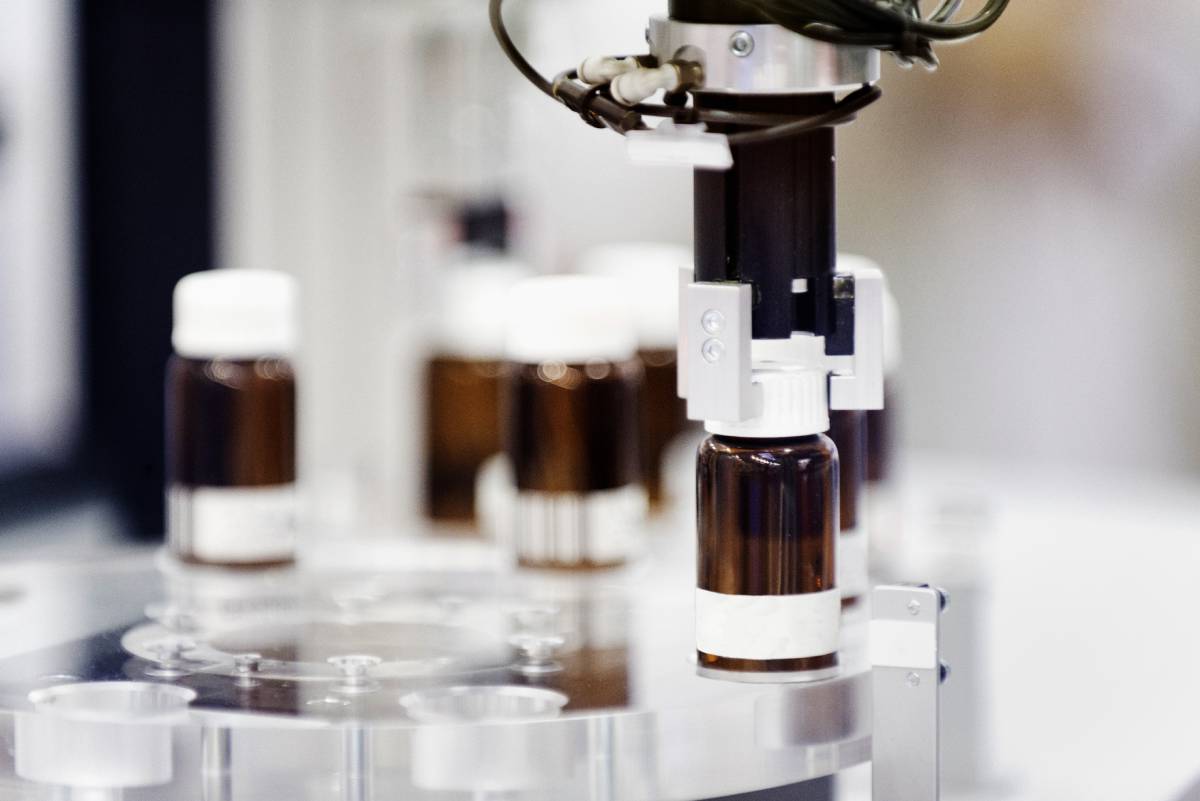FDA Inspections, Pharmaceuticals, and COVID-19

Roughly a year after the COVID-19 pandemic brought a halt to routine drug plant visits, the Food and Drug Administration (FDA) is under pressure from the pharmaceutical industry to address the increasing backlog of uncompleted drug inspections [1]. The FDA postponed site surveillance inspections in March 2020 [2]. Four months later, only “mission-critical inspections” (those required to approve potential COVID-19 tests, treatments, or vaccines, critical drugs in short supply, and new drugs developed for serious conditions on fast-track approval) were resumed [2]. Inspection data reveals that between October 1, 2019 and September 30, 2020, only 28 biologics plant inspections were conducted, compared with 116 the year prior [2]. Similarly, the FDA only completed 349 drug facility inspections in 2020, in contrast to 779 in 2019 [2]. The constraints to FDA inspections is concerning because inspections are required before a medication can earn FDA approval [1]. Furthermore, inspections serve as a vital tool to guarantee the safety of new drugs entering the market, as well as medications already available [1].
Over the past two decades, the majority (70%) of pharmaceutical manufacturing in the United States has moved to India and China [1]. In October 2019, the FDA discussed obstacles to ensuring drug and device safety in a global supply chain that is predominantly located offshore [3]. For years before the COVID-19 pandemic, the FDA’s overseas inspection program lagged behind its domestic program [3]. Unlike domestic inspections, which are usually unannounced, the FDA’s overseas inspections are typically announced 12 weeks before they occur [3]. From 2016 to 2018, the FDA performed 10% fewer foreign inspections [3]. From March to September 2020, the FDA only inspected three overseas plants [1].
The quality and reliability of drugs sourced abroad has repeatedly been called into question [3]. For more than a decade, the Government Accountability Office has listed the FDA’s difficulty in ensuring the safety of American drugs sourced overseas in its “High Risk Series” [3]. Although the pandemic has caused a major supply chain disruption, drug shortages in the United States of critical medications produced overseas have been reported before [3]. In 2018, there was a documented shortage of the antibiotic piperacillin-tazobactam due to an explosion in the sole Chinese plant producing the medication [3].
The stress of the COVID-19 pandemic has exacerbated previously existing problems in the United States public health system, especially in regard to the supply of essential medications [4]. At the very beginning of the pandemic in January 2020, more than 100 drugs were in short supply according to the FDA [4]. Unlike previous shortages that were typically due to manufacturing problems, these shortages triggered by the COVID-19 pandemic were driven by unexpected sharp increases in demand that exceeded manufacturers’ production capacity [4]. Moreover, travel restrictions that have limited the FDA’s ability to inspect drug-manufacturing plants overseas have further put a strain on the availability of medications [4].
In late January 2021, pharmaceutical industry leaders directly asked FDA officials to find a solution to the inspection issue [1]. The backlog of drugs that have not been inspected has delayed the availability of several new therapies [1]. In recent months, the FDA has deferred or denied at least six drug approvals because it could not inspect manufacturing sites [1]. The delayed therapies included a regenerative skin therapy for adults with deep second-degree burns, a cholesterol medication for people who cannot tolerate statins, and treatments for endometrial cancer [1].
The focus of many policy initiatives during the COVID-19 pandemic has been on expanding domestic production of pharmaceuticals [4]. A proposal has been introduced to Congress to nationalize generic drug manufacturing [4].
References
- Smalley, S. (2021). Drug industry pushes FDA to solve growing inspection backlog. https://www.politico.com/news/2021/03/02/fda-pandemic-drug-inspection-471979
- Shanley, A. FDA Inspections Remain Stalled During the COVID-19 Pandemic.
- Rickert, J. (2020). On Patient Safety: COVID-19 Exposes the Dangerous State of Drug and Device Supply Chains. Clinical Orthopaedics and Related Research, 478(7), 1419. doi:10.1097/CORR.0000000000001327
- Socal, M., Sharfstein, J., & Greene, J. (2021). The Pandemic and the Supply Chain: Gaps in Pharmaceutical Production and Distribution. American Journal of Public Health, 111(4), 635-639. doi:10.2105/ajph.2020.306138